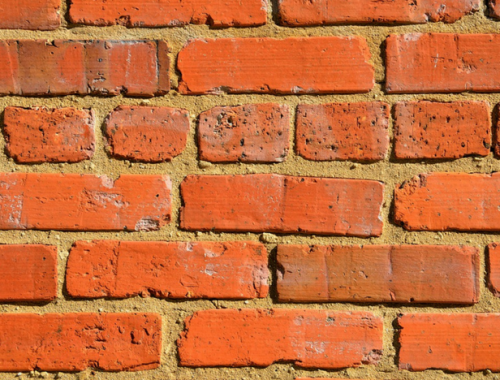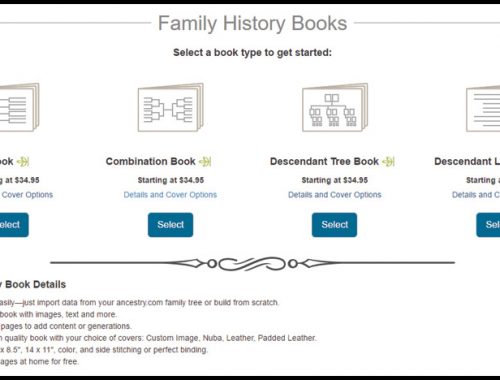There’s something deeply fascinating about finding the place your ancestor or relative was buried. Visiting their resting place can form a connection with them. Plus, for genealogists, there’s a lot you can learn about a grave marker or about the surrounding area. Here are our tips for visiting cemeteries and burial sites safely and efficiently!
Go Prepared
Visiting cemeteries, especially old ones, may be quite a journey. Some grounds may have uneven, rocky, spongy, or other varying conditions. You may have to watch out for tree roots or rocks, or overgrown areas. Wear comfortable, close-toed shoes that you can walk over uneven ground in, as well as pants that cover your legs. These conditions as well as insects can quickly turn your trip miserable or at worst, hazardous.
Related: The Perfect Family History Cemetery Kit
Usual hiking rules should apply for cemetery visits. Don’t go alone! Even in well-visited graveyards, accidents like a flat tire or a twisted ankle can occur. You should also remember to bring plenty of water, especially on a warm day or in a large place.
You should also bring:
- Insect repellent
- Sunscreen
- Snacks
- An umbrella
- First-aid supplies
- Gloves (to cover your hands in case of removing foliage from stones)
- A flashlight
Know How to Locate a Gravestone
Cemeteries have hundreds–if not thousands–of graves, depending on the size. And unless your ancestor has a particularly huge or prominent monument, it will take some searching to find them. Before setting out, start with Find a Grave or Billion Graves to get the exact location of a relative’s headstone, if possible. If you have the lot or marker number before visiting, you may be able to talk to a sexton or caretaker to find your relative on-site.
If there’s no one to talk to or the information isn’t there, you can use clues about the cemetery to narrow your search. Most graveyards will have designated areas with older markers, so look in sections where the dates match up. Some cemeteries also group people by their ethnicity or religion, which can help narrow it further. Check surrounding areas for surnames, maiden names, and other similarities within your family tree, which may lead to your ancestor.
Sometimes, you may not find the grave you’re looking for. There are those graves that did not use a stone marker, or the marker has been lost to time. Large patches of empty grass in an otherwise well-populated area may indicate places where wooden markers once were. This could be an approximate area your ancestor was buried in.
Caring for Gravestones
Many older cemeteries, even well-maintained ones, can’t help but show their age.
Do:
- Remove LOOSE plant matter (leaves, twigs, small amounts of grass around a marker, tree branches)
- Pour water over the stone to remove mud or dirt. Use only as much as you need to avoid erosion.
Do not:
- Scrape or use sharp tools on the stone
- Remove plants that have become entangled on/embedded in the stone (like vines or moss)
- Wipe or scrub the stone in any way
- Remove a large amount of plant matter from on or around the stone
- Dig in an attempt to find a marker
While many of us grew up doing gravestone rubbings, did you know it’s better to avoid these on old, unstable gravestones? The practice has been banned in some places, such as in colonial graveyards, because the rubbings can damage the stone. If you want to perform a gravestone rubbing on an old stone, be sure to ask a caretaker of the cemetery. Otherwise, avoid stones that are damaged or unstable. Try taking a photo and inverting the colors to try to read worn writing, or use water lightly sprayed on the letters instead.
If you’re visiting your ancestors’ grave sites this year, we hope these tips are helpful! Stay safe, and good hunting!



